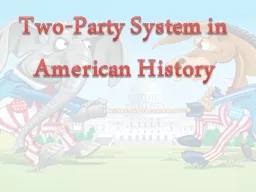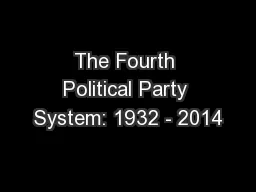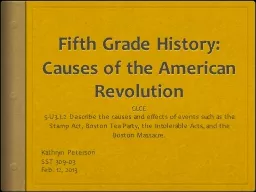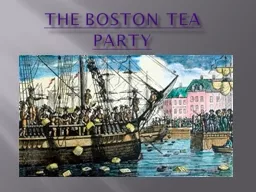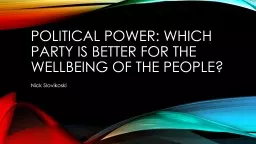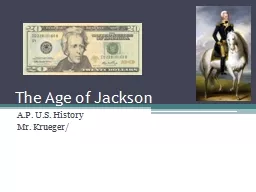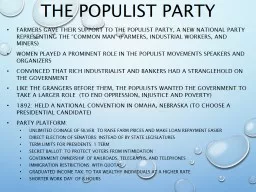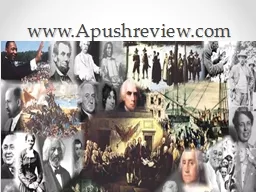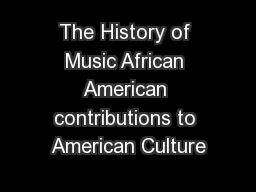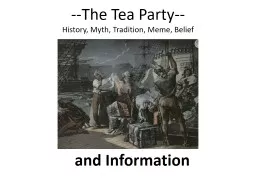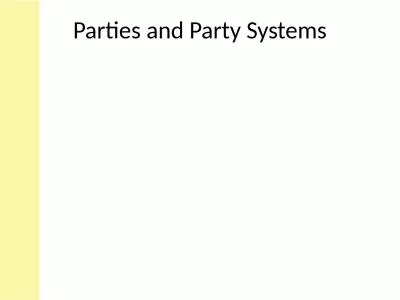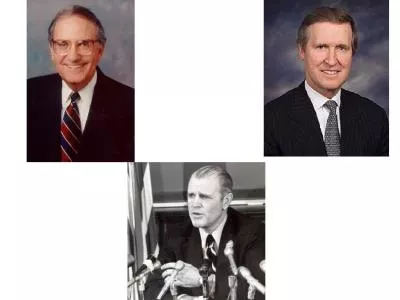PPT-Two-Party System in American History
Author : jane-oiler | Published Date : 2017-12-03
George Washington became president in 1789 His Secretary of the Treasury was Alexander Hamilton His Secretary of State was Thomas Jefferson These two men disagreed
Presentation Embed Code
Download Presentation
Download Presentation The PPT/PDF document "Two-Party System in American History" is the property of its rightful owner. Permission is granted to download and print the materials on this website for personal, non-commercial use only, and to display it on your personal computer provided you do not modify the materials and that you retain all copyright notices contained in the materials. By downloading content from our website, you accept the terms of this agreement.
Two-Party System in American History: Transcript
Download Rules Of Document
"Two-Party System in American History"The content belongs to its owner. You may download and print it for personal use, without modification, and keep all copyright notices. By downloading, you agree to these terms.
Related Documents

